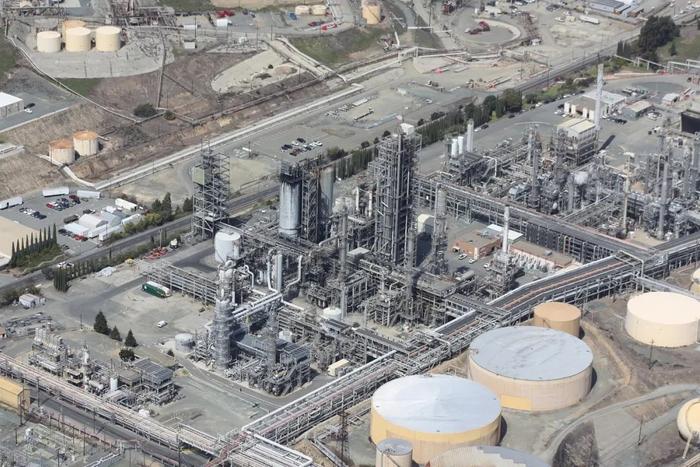The Global Economic and Financial Outlook Report for the fourth quarter of 2023, recently released by the Bank of China Research Institute, shows that the global energy market shows tight supply, and the rebalancing of the European market has become critical.
In the third quarter of 2023, global commodity prices bottomed out and oscillated upward to the highest point of the year. in July, global commodity prices rose strongly, affected by rising expectations of a soft landing in the U.S. economy, Saudi Arabia's production cuts, and extreme weather, crude oil prices rose sharply, and most of the major metal prices rallied. the RJ/CRB commodity price index lifted from 260.9 on July 3 to July 31 at The RJ/CRB Commodity Price Index rose from 260.9 on July 3 to 282.2 on July 31, an increase of 8.2%, the largest single-month increase in the year. in August, the bottom of the global commodity prices were supported, showing a decline followed by an increase. Crude oil and natural gas prices showed an overall pattern of oscillation, and the prices of major metals were mixed. in September, global commodity prices rose to a year high of 284.9, followed by a slight decline.
The report concluded that global crude oil supply tightened, and crude oil prices continued a strong trend in the short term, but the upside was limited.2023 In the third quarter of the year, international oil prices continued to rise, with WTI oil prices and Brent oil prices hitting new highs for the year, reaching US$87.5/bbl and US$90.6/bbl respectively, up 25.4% and 21.4% respectively from early July. This round of rise was jointly supported by macro and supply and demand fundamentals. On the macro side, US inflation levels are low and Fed rate hikes are nearing an end. On the supply side, Saudi Arabia's additional production cuts and high implementation rate, and Russia's crude oil exports fell YoY to the lowest level since December 2022. On the demand side, the demand for refined oil products was robust, and global refined oil product inventories declined continuously.2023 In the fourth quarter, due to the continued deepening of production cuts by OPEC+ oil-producing countries and the closure of some U.S. refineries as a result of extreme weather, the growth rate of U.S. crude oil supply was limited, and there was a possibility of further breakthroughs in the international oil price, but the space for gains was limited, and the overall pattern showed a high and wide range of oscillations.

Meanwhile, the global natural gas market supply continued to improve, and low consumer demand became the main reason for the global natural gas prices to be under pressure.2023 In the third quarter, NYMEX natural gas prices fluctuated slightly, and was US$2.73 per million Btu on September 15, down 8.0% from US$3.0 per million Btu in early August. European gas futures prices were more volatile due to the impact of the Australian strike on LNG exports. the IPE UK gas price rose and then fell, lifting to a three-quarter high of 106.1 pence/sem on August 22 before falling to 92.1 pence/sem on September 15, suggesting that European gas prices are more sensitive to the volatility of the LNG supply chain. The report concludes that the rebalancing of the European market will remain a key factor influencing global gas prices in the fourth quarter of 2023, taking into account factors such as seasonal demand fluctuations and geopolitical uncertainty. A cold winter temperature, overlaid with a complete halt in Russia's pipeline gas supply to the EU, could reignite market tensions.
In addition, according to the above report, global food security is at an "inflection point", with rice supply shortages and soaring rice prices hitting vulnerable economies around the world. on August 10, the international rice price (with 5% breakage) soared to a yearly high of US$647.9/ton, up 25.1% from early July and 35.9% from early January. In the fourth quarter of 2023, international rice prices will continue to face upward pressure in the short term due to the continuation of rice export restrictions in many countries. At the same time, rising global food prices will have a greater impact on low- and middle-income countries, and increases in the cost of imported energy and fertilizers may force some countries to reduce inputs, which in turn will lead to a decline in agricultural productivity, a reduction in the domestic food supply and a significant increase in the likelihood of a food crisis.

